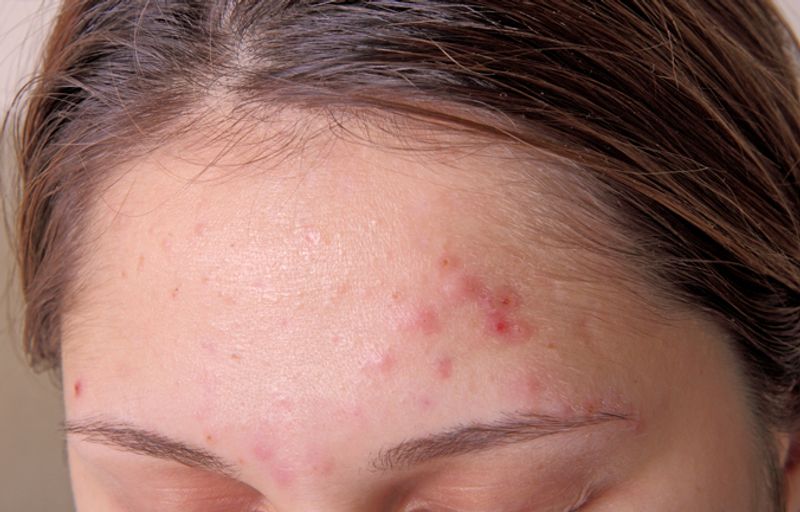IDP-126 may be first triple combination treatment for acne in children, adolescents
Key takeaways:
- IDP-126 is the first triple-combination product in development for children and adolescents aged 9 to 17 years.
- IDP-126 achieved significantly higher success rates than dyad combinations and vehicle.
The fixed-combination IDP-126 showed promising results as the first triple-combination product for the treatment of acne in patients aged as young as 9 years, according to a study.
“Efficacy, tolerability and adherence to treatment with topical therapies may be improved by delivering them in fixed-combination formulations utilizing enhanced vehicles,” Lawrence F. Eichenfield, MD, chief of pediatric and adolescent dermatology at Rady Children’s Hospital and vice chair of the department of dermatology at the University of California, San Diego, and colleagues wrote.

IDP-126, a novel clindamycin phosphate, is comprised of 1.2% benzoyl peroxide (BPO), 3.1% adapalene and 0.15% polymeric mesh gel.
In this post-hoc analysis of a phase 2 trial, researchers evaluated the efficacy, safety, tolerability and impact on quality of this fixed-combination therapy in children and adolescents with moderate to severe acne.
In their analysis, Eichenfield and colleagues included 394 participants (mean age, 14.9 years) aged 9 to 17 years who had been randomly assigned to once daily IDP-126 gel, one of three dyad combination gels or vehicle gel for 12 weeks, as well as a safety population (n = 388).
By week 12, IDP-126 gel had achieved a success rate of 55.8%, which the researchers called significantly greater than the success rates of the vehicle gel (5.7%; P < .001) and all dyad combinations (range, 30.8%-33.9%; P < .01).
Additionally, there was a reduction in inflammatory lesions of 78.3% in IDP-126-treated patients compared with 45.1% of vehicle-treated patients (P < .001). Non-inflammatory lesion reductions showed similar results, with IDP-126 outperforming vehicle (70% vs. 37.6%; P < .001). IDP-126 also demonstrated a 9.2% to 16.6% greater lesion reduction vs. any of the dyad combinations.
As far as quality of life, patients treated with IDP-126 reported greater improvements in almost all acne-specific quality of life domains, with mean scores of 5.5 to 8.2, compared with dyad combinations (3.5-7.5) or vehicle (2.1-4).
The study showed that treatment emergent adverse events were mild to moderate in severity with the most common side effects being application site pain and dryness. No serious adverse events were related to the study drug, according to the researchers.
“The efficacy and safety profile of IDP-126 — the only fixed-combination acne medication in development containing three recommended treatments for once daily use — demonstrates its potential as an effective acne treatment option,” Eichenfield and colleagues wrote.
